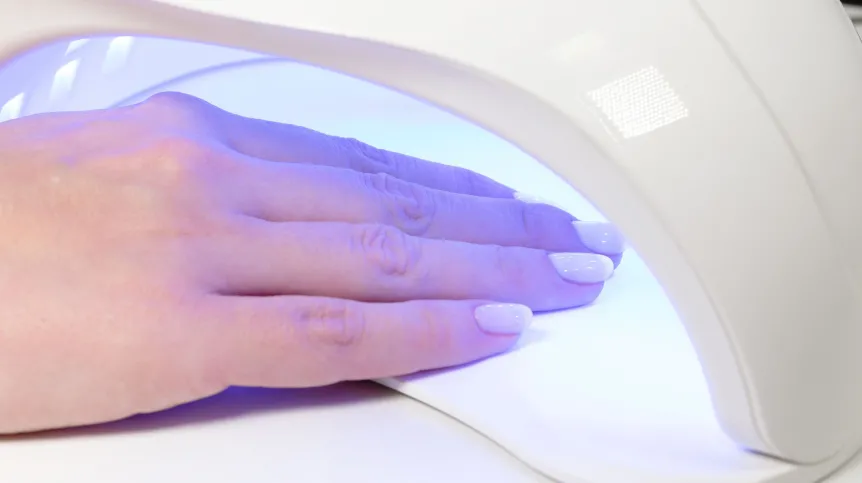
A study has found that prolonged use of gel nail polish can significantly weaken the nail plate by reducing levels of key amino acids.
Dr. Kamila Borowczyk from the University of Lodz’s department of Environmental Chemistry, began her research after noticing her own nails had become brittle and dry following regular use of gel polish.
Initially appreciating the convenience of using popular 'hybrids', after two months of regular nail styling she removed another layer of polish and noticed that her nails were paper-thin and very dry.
So she decided to investigate the chemical effects on nails regularly treated with UV-cured polish.
Nail plates are primarily composed of keratin, a protein that requires amino acids such as cysteine and methionine.
Borowczyk’s study focused on measuring changes in these amino acids using high-performance liquid chromatography (HPLC), a technique widely used in medical and environmental research.
The study began with Borowczyk’s own nail samples and expanded to include 14 volunteers who had never used gel polish or artificial nails.
Over a six-month period, participants received gel manicures every two weeks.
Each session, including nail thickness measurements and polish application, was performed in sterile conditions by the same trained individual.
Results showed that repeated exposure to gel polish led to increased nail brittleness, splitting, and crumbling. Chemical analysis revealed that cysteine levels dropped by 22 percent, while methionine levels fell by more than 30 percent.
“Gel polishes are certainly decorative,” Borowczyk said, “but chemical processes are taking place under that beautiful layer. With regular use, it is crucial to give your nails time to rest and regenerate.” (PAP)
PAP - Science in Poland
agm/ agt/













